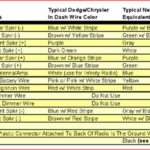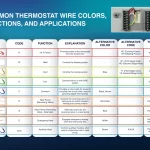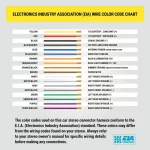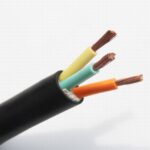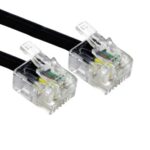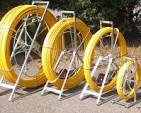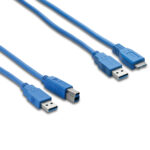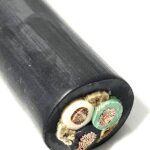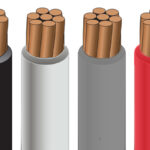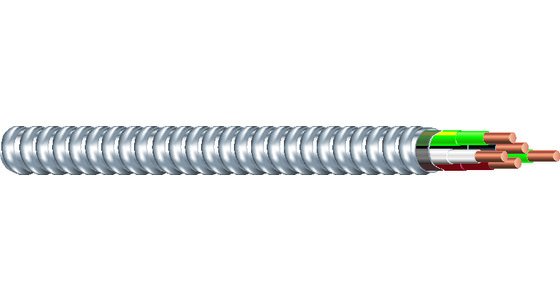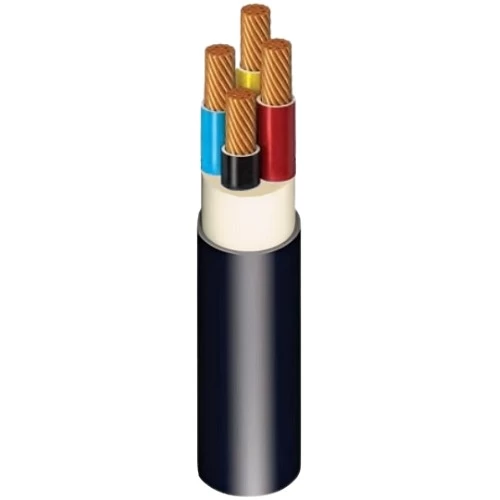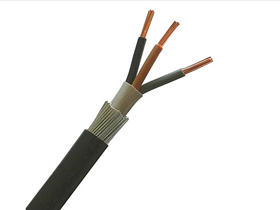If you're working with portable power cables, you've likely come across both SO and SOOW cables. While they sound similar, they have important differences that affect their performance, safety, and suitable applications.
In this guide, we’ll break down the difference between SO and SOOW cables, help you understand when to use each type, and provide answers to frequently asked questions from buyers, contractors, and engineers.

SO vs SOOW Cable
🔍 What Does 'SO' and 'SOOW' Stand For?
Let’s start with the naming convention used in these portable cords:
| Code | Meaning |
|---|---|
| S | Service cord – suitable for general-purpose use |
| O | Oil-resistant insulation |
| OO | Oil-resistant insulation + oil-resistant outer jacket |
| W | Weather and water-resistant for outdoor use |
-
SO cable means the cord has oil-resistant insulation, but the jacket may not be weather- or water-resistant.
-
SOOW cable has both oil-resistant insulation and jacket, plus it’s designed for wet and outdoor environments.
⚙️ Technical Comparison: SO vs SOOW Cable
| Feature | SO Cable | SOOW Cable |
|---|---|---|
| Voltage Rating | 600V | 600V |
| Oil Resistance | Insulation only | Both insulation and outer jacket |
| Weather Resistance | Not rated for outdoor use | Weather and water resistant (W-rated) |
| Flexibility | High | High (same flexible stranding) |
| Applications | Indoor, dry environments | Indoor/outdoor, wet, oily, industrial |
| Durability | Good for temporary use | Excellent for rugged use |
| Standards | UL 62, CSA C22.2 No. 49 | UL 62, CSA C22.2 No. 49 |
✅ When to Use SO Cable
SO cable is a reliable option for indoor and dry environments where exposure to moisture or outdoor elements is not a concern. It’s commonly used in:
-
Extension cords
-
Portable lighting
-
Light-duty machinery
-
General indoor portable power applications
Because it lacks the W rating, it is not recommended for wet locations or outdoor use.
✅ When to Use SOOW Cable
SOOW cable offers enhanced durability and protection, making it ideal for outdoor, industrial, and heavy-duty use. Typical applications include:
-
Portable industrial machinery
-
Generators and welding equipment
-
Oil rigs and construction sites
-
Temporary outdoor power distribution
-
Entertainment stage and lighting setups
Its resistance to oil, water, and abrasion makes it a versatile and long-lasting solution for harsh environments.
💡 SOOW vs SO Cord: Which Is Better?
It depends entirely on your environment and the level of durability needed:
-
Choose SO cable if you need a cost-effective, flexible cable for indoor-only use.
-
Choose SOOW cable if you need a rugged, all-weather cable for demanding conditions.
💬 Pro Tip: If there's any chance the cable will be exposed to water, oil, or outdoor conditions—even temporarily—SOOW is the safer and more reliable choice.
📦 Available Sizes and Options
Both SO and SOOW cables are available in a wide range of AWG sizes and conductor counts:
-
Sizes: 18 AWG to 2 AWG
-
Conductor counts: 2, 3, 4, 5, or custom
-
Stranding: Flexible bare copper
-
Insulation: EPDM rubber
-
Jacket: Thermoset CPE (SOOW) or equivalent
📈 Popular Search Queries Answered
-
What is the difference between SO and SOOW cable?
→ SOOW is rated for weather and water resistance; SO is not. -
Can I use SO cable outside?
→ No, SO cable is not weatherproof. Use SOOW for outdoor or wet conditions. -
Is SOOW cable more expensive?
→ Yes, slightly more, but offers better durability and longer lifespan. -
Can SOOW replace SO cable?
→ Yes, SOOW exceeds SO in performance and can be used in all applications where SO is used.
🛒 Need SO or SOOW Cables?
At TOT Wire & Cable, we stock a full range of SO cords, SOOW portable cables, and custom assemblies to meet your project’s voltage, length, and durability requirements.
📞 Contact us today for expert advice or a bulk quote!

